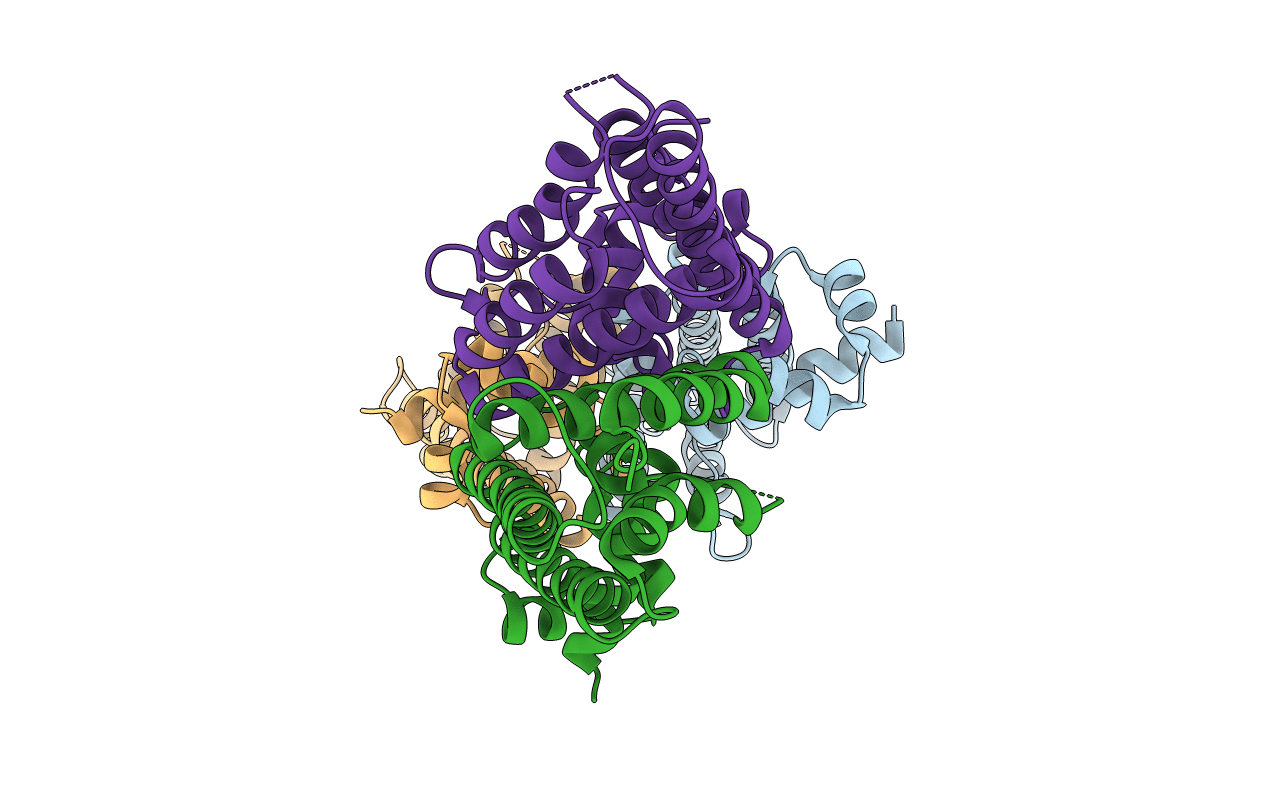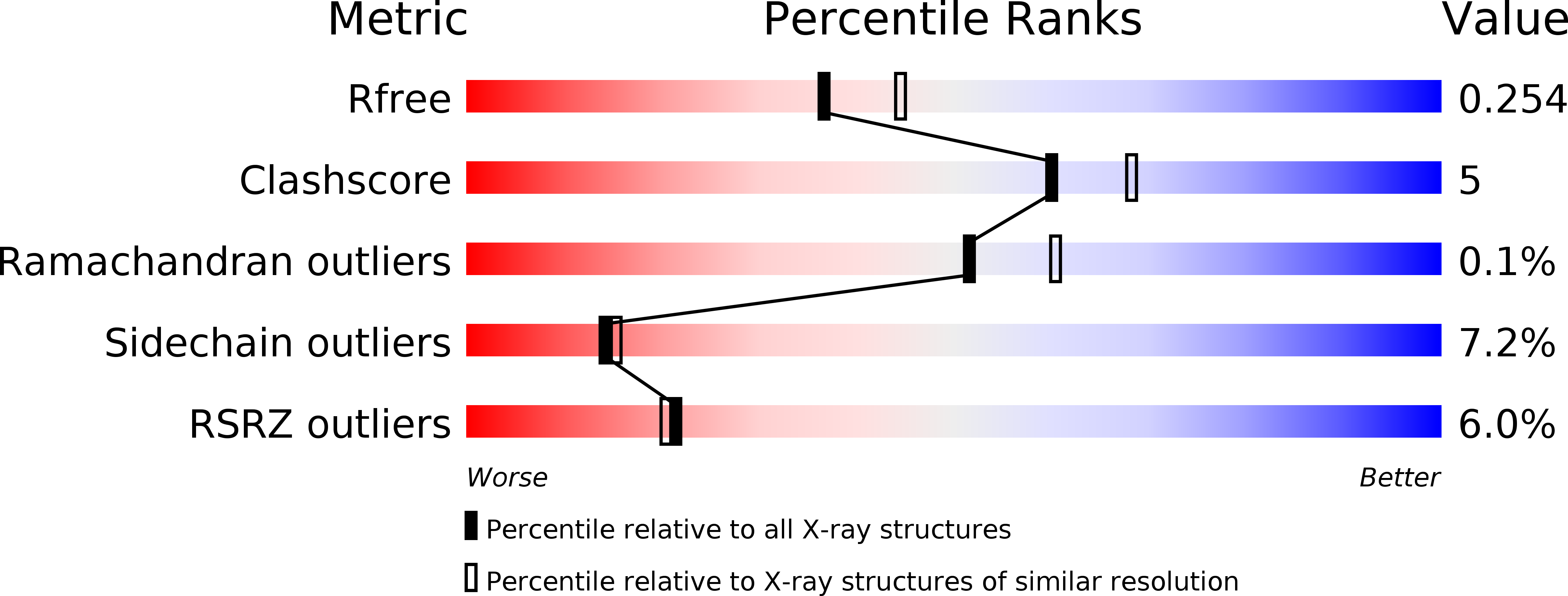
Deposition Date
2015-03-24
Release Date
2016-02-03
Last Version Date
2023-09-27
Method Details:
Experimental Method:
Resolution:
2.20 Å
R-Value Free:
0.25
R-Value Work:
0.20
R-Value Observed:
0.20
Space Group:
P 21 21 21


